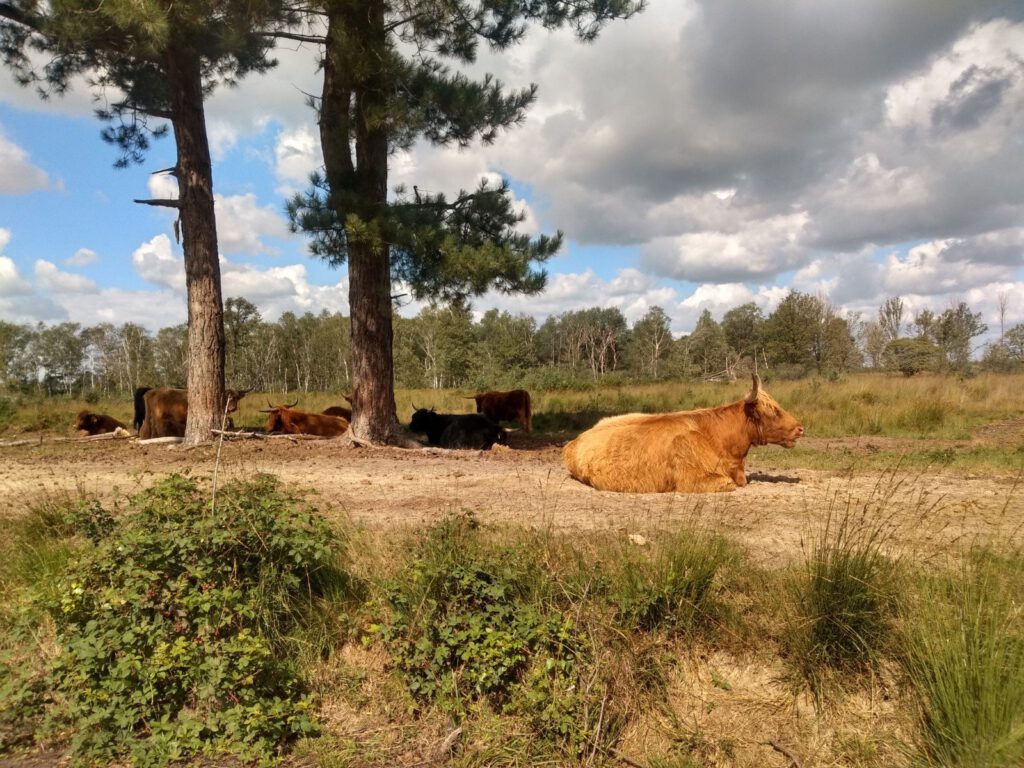
The Groote Peel was once mainly important for peat extraction, now it is a nature reserve with a great diversity of birds and insects. I was allowed to discover it in peace and quiet on the last three stages of the Hertogenpad (60 km).
A large blue dragonfly flies alongside me. After about 20 to 25 metres of running, it abandons me to be quickly replaced by a small cabbage-white. A few meters further there is another peacock butterfly. They trade places every so many meters and make sure that I don't have to run alone through the Groote Peel. Fortunately, because for the first few kilometers I only see grass paths and ferns, but no other people.
Actually, I was supposed to continue on the Hertogenpad immediately after my trip on the heath last week. However, when plotting the route, I soon found out that the end points of the stages after the first four often didn't turn out very well in terms of public transport. At least, not if you wanted to run them in the weekend. At first I browsed around a bit to see if there was an easy to reach stage. Then I saw that at the Groote Peel there would be a very nice route, but that route is not accessible for large parts of the year. First it is closed because of the breeding season, then there is a short period of access and then comes the bird migration season. Those last stages were also reasonably accessible by public transport and as the Groote Peel was actually open at this moment... After the Indian Summer - my next chance to run this path - the area would be closed again. So I decided to first run the last three stages of the Hertogenpad: from Heirath to Roermond in 60 km.
Heirath
Even though the starting point of the route was accessible by public transport, it was in such a small village that the first bus only left around 11 am ’in the morning. Considering the length of the route, this would be a late train home. This is always more difficult also because the time of day often has an influence on the blood sugars.
It soon became clear to me that there were no busloads of tourists in Heirath. The stop was almost in the middle of a meadow. The occupants of the few houses near the bus looked strangely at such a weird looking runner in their always so quiet village. A little while later I came across a few people with walking backpacks, but further on it was the vast emptiness. It didn't help either that a sign said the road was closed off, so I might have to make a detour. In reality, however, everything was just open, even though the barrier had already officially been erected.
The Groote Peel
After a long run over the asphalt, I finally arrive at a fence with a sign of Grote Peel. It has a large lock, so the area can be closed off during breeding and migration season. However, it doesn't really seem necessary at all. The first few miles I see no one. And that is exactly what makes this area so attractive for birds, including rare cranes: it is very peaceful.
The path is an easy to run grass track through a field of ferns. Here and there I see a small stream, with black water, created by the excavations. Almost everywhere there are poles to measure the water level. This is necessary to keep the water level high enough for the raised peat bog that still exists in this area.
In short, according to the National Park, dead plants fall into the fens and do not perish there due to lack of oxygen. When the plants eventually fill the pond and reach the surface, it is called low moorland peat. Peat moss grows on that peat bog, a plant that does well on poor soils where sufficient water is present. If the peat moss grows well and covers the peat bog completely, you have raised peat. In some places, the layer of peat moss is a few metres thick, but that has also developed over centuries.
Raised peat is rare in the Netherlands these days. The dried peat moss forms an important fuel: peat. Until the emergence of coal, this was the most important fuel in the Netherlands. Even today you can still see the large channels of peat extraction in De Peel. The peat extraction continued until 1984.
Herds
A hustle and bustle of importance I certainly could not call it in the Groote Peel. But once I came across a herd of highlanders, there were more and more groups of walkers to be seen. Indeed, I was now close to two large parking lots and walked partly along the general route. The part through the grasslands that was closed off for a large part of the year was quieter.
Unfortunately I couldn't quite follow the route here. I had hoped to cross the Knuppelbrug over one of the ponds created by the peat extraction, but the bridge was closed. From a distance I could already see that the wooden decking didn't look very flourishing. A pity, but there were enough beautiful views elsewhere in the park.
On some paths even felt like the comic creature Brother Rabbit. Narrow paths overgrown with brambles surrounded me. I could not leave the area completely unharmed; to enjoy nature you have to bleed.
The busiest point of the route turned out to be a large watchtower. Both walkers and cyclists came here to read about the history of the area. I myself surprised them by only climbing up quickly and looking over the railing into the park. In terms of time, a longer stop here was not so convenient.
Straight lines
The last part of the first stage is already in sight when I meet a very large caterpillar. Clear sections, black and red. For a moment I think it is very special – and to me it is – but according to the determination website of the Butterfly Foundation this goat moth caterpillar turns out to be quite common. So big and yet I had never seen one before.
Once I run out of the Groote Peel, I return to a typical agricultural area. The first parts I am constantly barked at by farm dogs and I am happy that the dogs are behind big fences.
The area does have its own beauty though. Everywhere I see lines, straight lines in which trees and emerging crops grow. Grasses, where you can see when the seeder goes to the next avenue. The artificiality of the landscape, also gives it character. But concrete and asphalt is a bit painful to run on for me.
Ochre
I get really happy when I encounter one of the big streams that winds naturally through the landscape. The more I run near it, the more I fall in love with the Leudal with its tiny bridges, natural forest (most forests in the Netherlands are production forests) and worn out stream valley.
Especially that yellow earth fascinates me. While I walk over the ochre hill, I see a wolf jumping through the water in the brook below me. Fairy-like, although this model is attached to a dog leash. Even the industrialisation here, in the form of the Sint Ursula watermill, does not detract from the unworldly setting. I'm definitely going to come back here.
Roermond
The big city should be approaching soon now. Only a few miles to go to Central Station. But first I pass an impressive castle: Horn Castle. This is a beautiful ringfort that possibly dates back to the 10th or 11th century. At that time the castle was even closer to the river Maas which I had to cross a little later to get to Roermond.
From a distance, Roermond seems to be a very large city with its giant church towers that can already be seen far across the Maas bridge. The fact that it is only a place with 46,000 inhabitants surprises me a lot. Running through the center it seems so grandiose, reminiscent of a rich Catholic history.
However, I quickly notice the provincial when I arrive at the station quite late. It is already half past eight and there is no food left. What does a runner do then? A kilometre detour to the Albert Heijn at high speed so as not to miss his train, of course. And at the same time breaking that number of 60 km – ok, now 58 was still a bit bothering me.
Fueling
Because of the late start, 11 o'clock, my blood sugar was already a bit lower than if I had started within 2 hours after breakfast. Of course I took cornstarch half an hour before departure, but I soon got a bit low. Solved it with a Snickers and a gel. Furthermore it went very nicely with the blood sugars. Halfway through, I ate a real Limburg vlaai, 2 times 500 ml cornstarch and 2 times 500 ml isostar sports drink. That way I could get through more than 9 hours with a reasonably flat blood sugar.

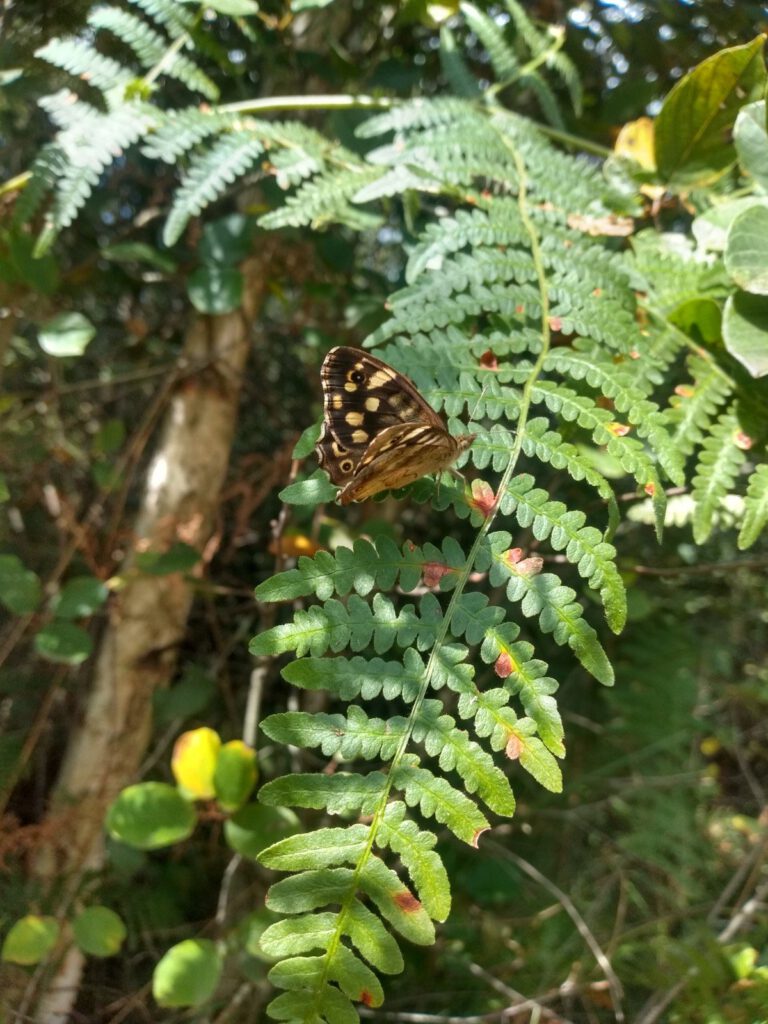
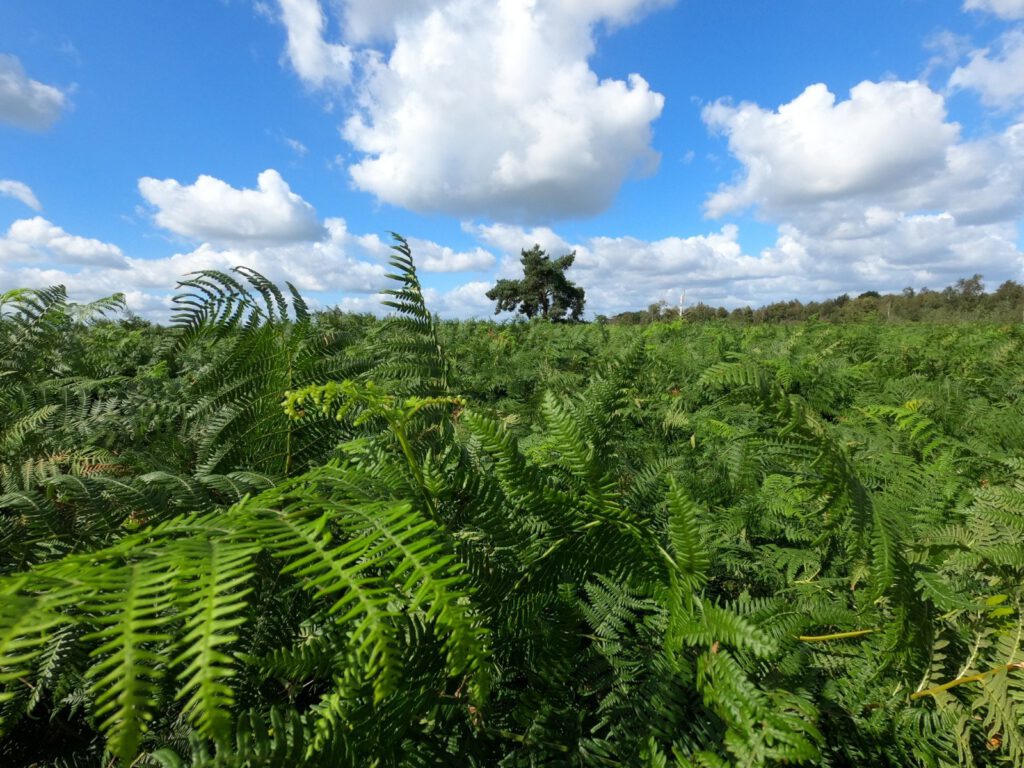
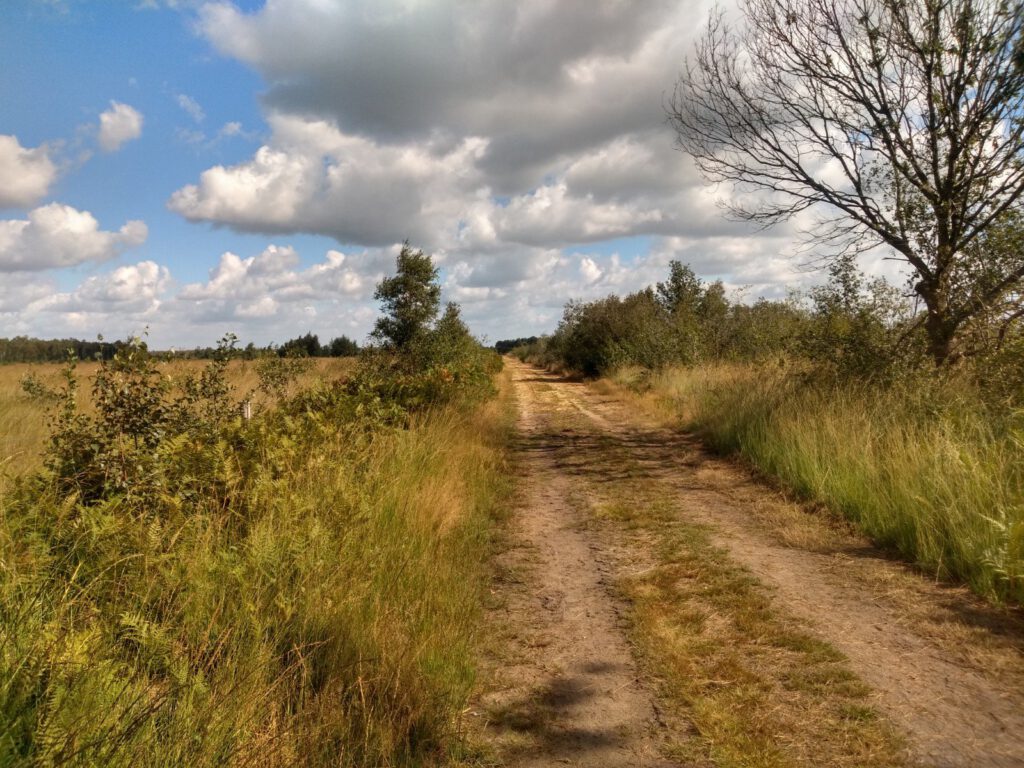
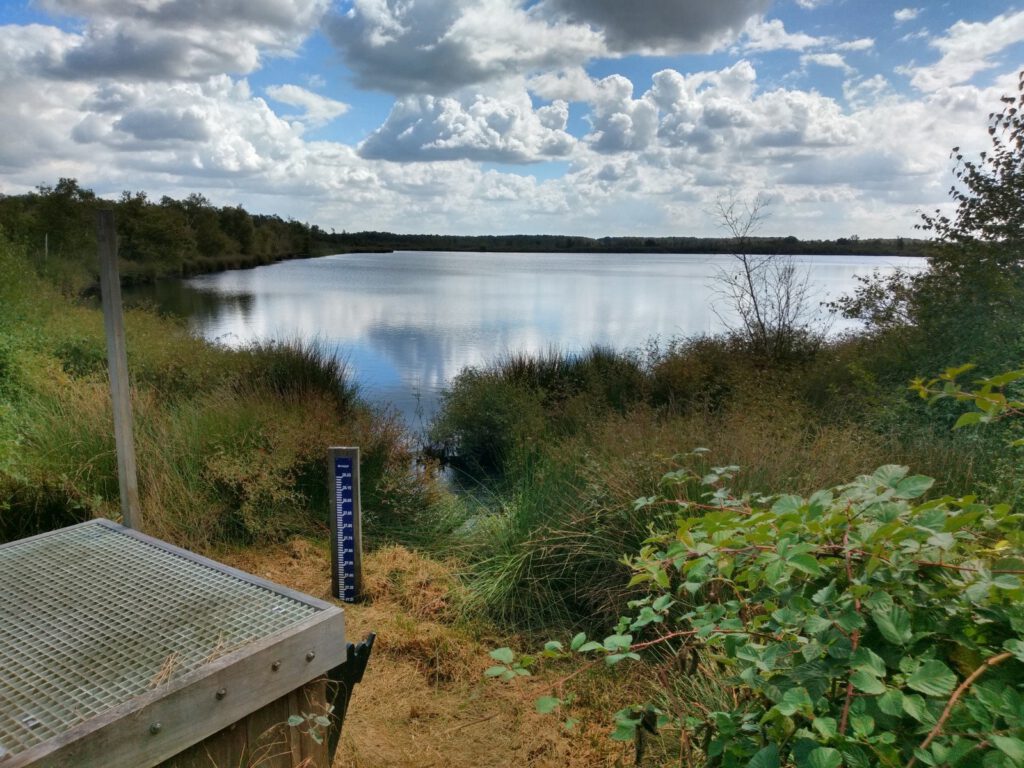
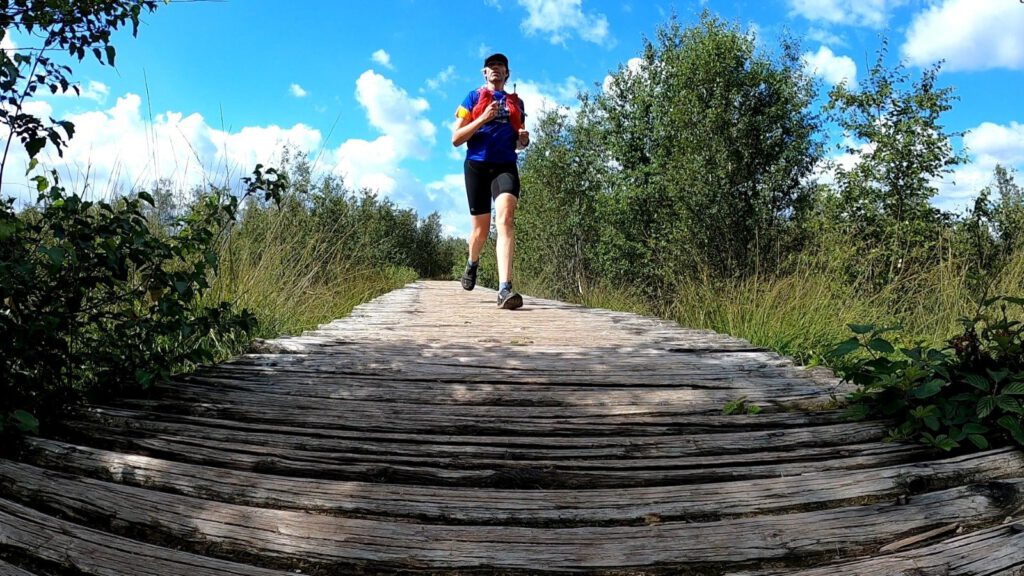
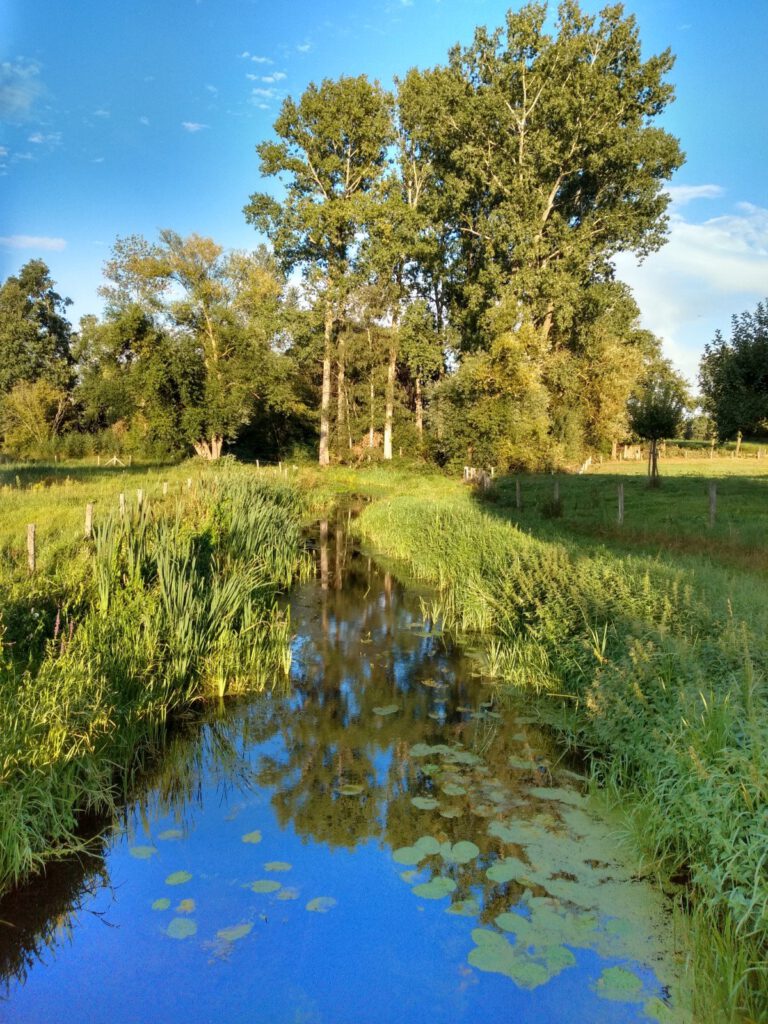
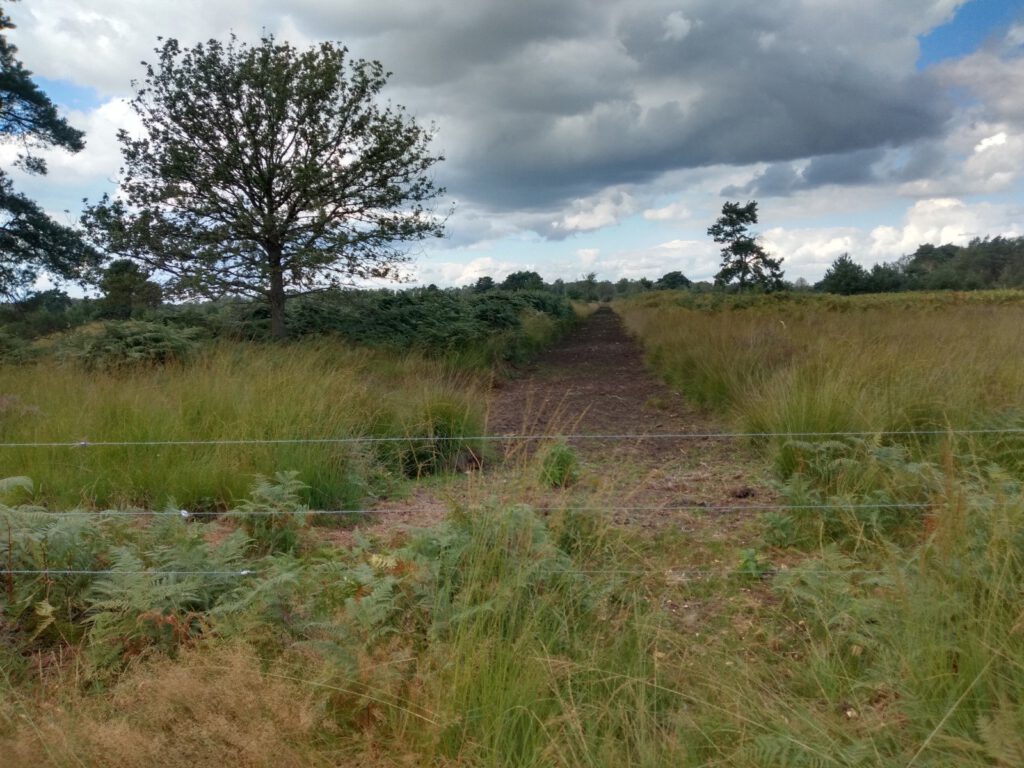
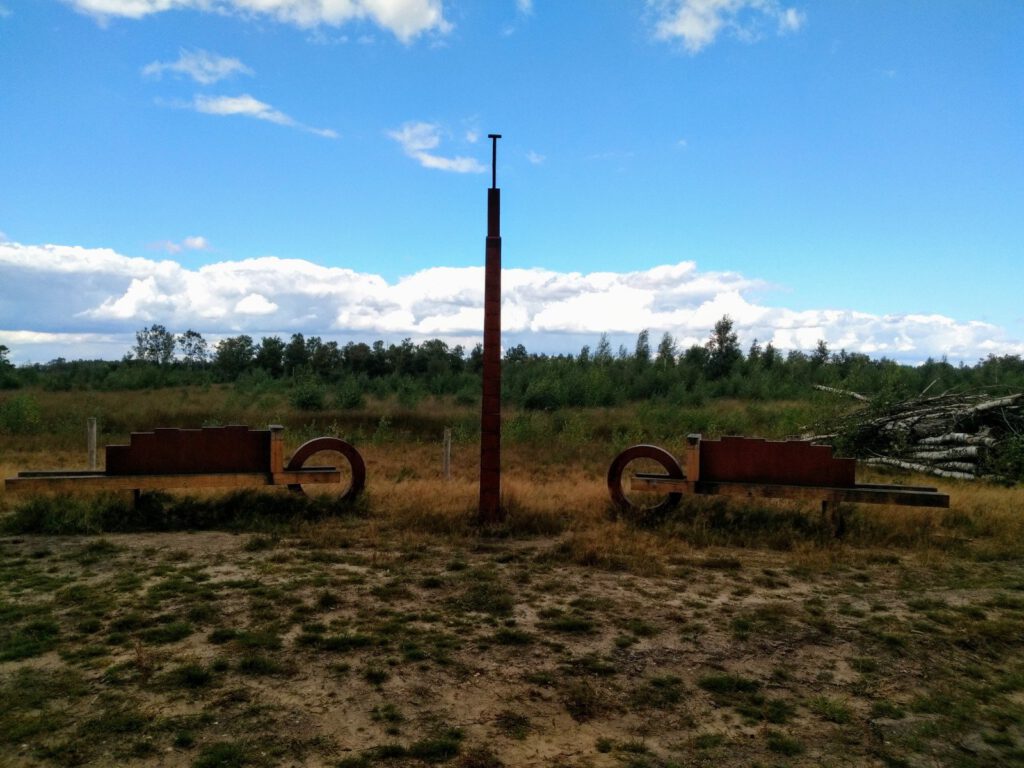
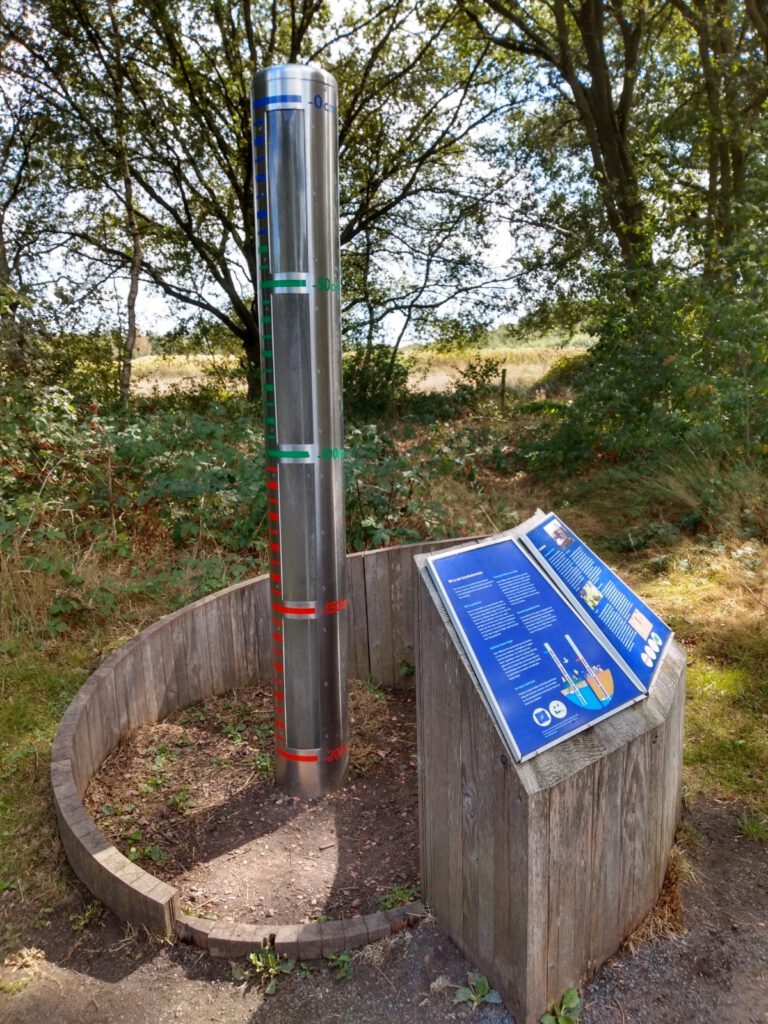
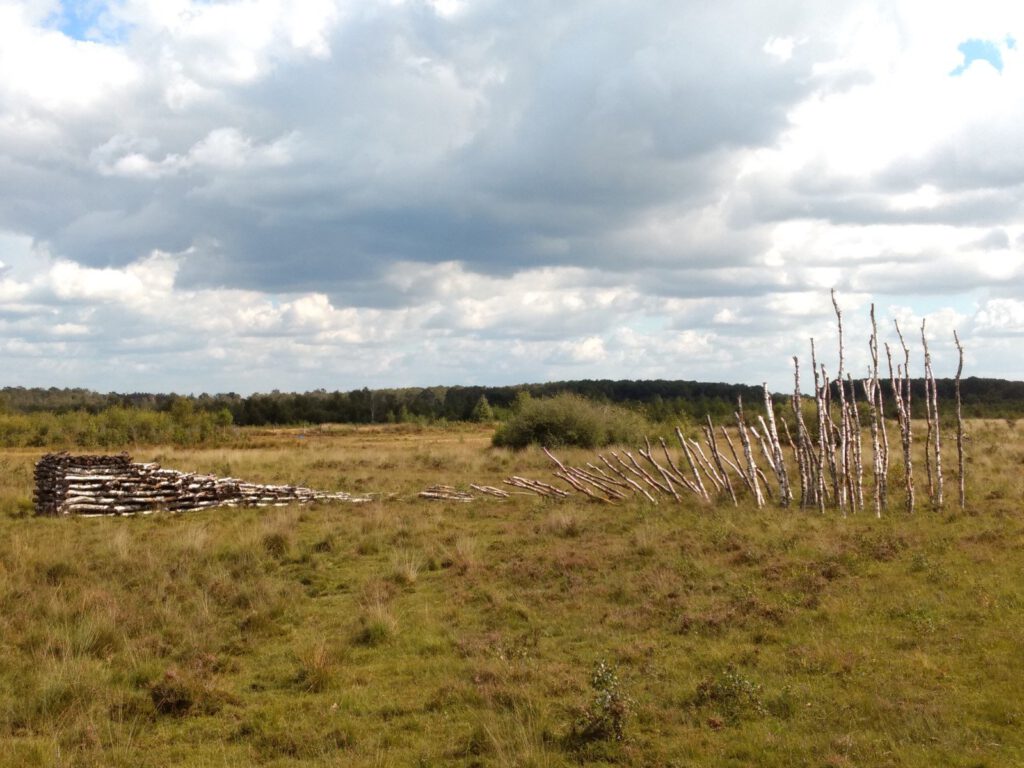
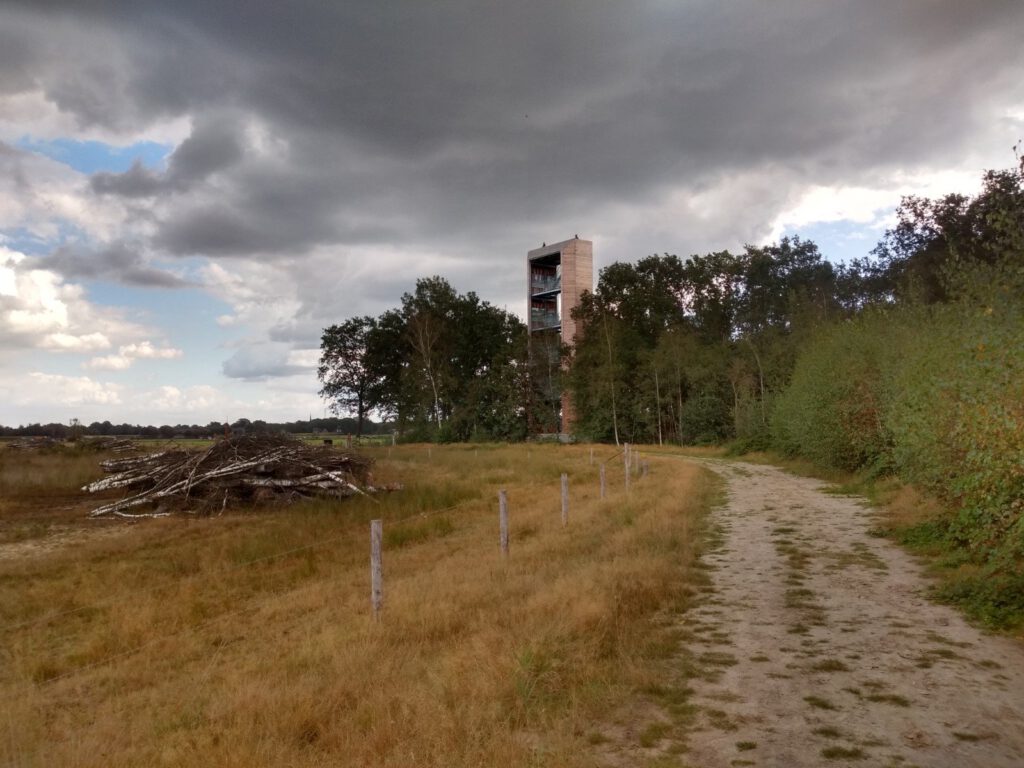
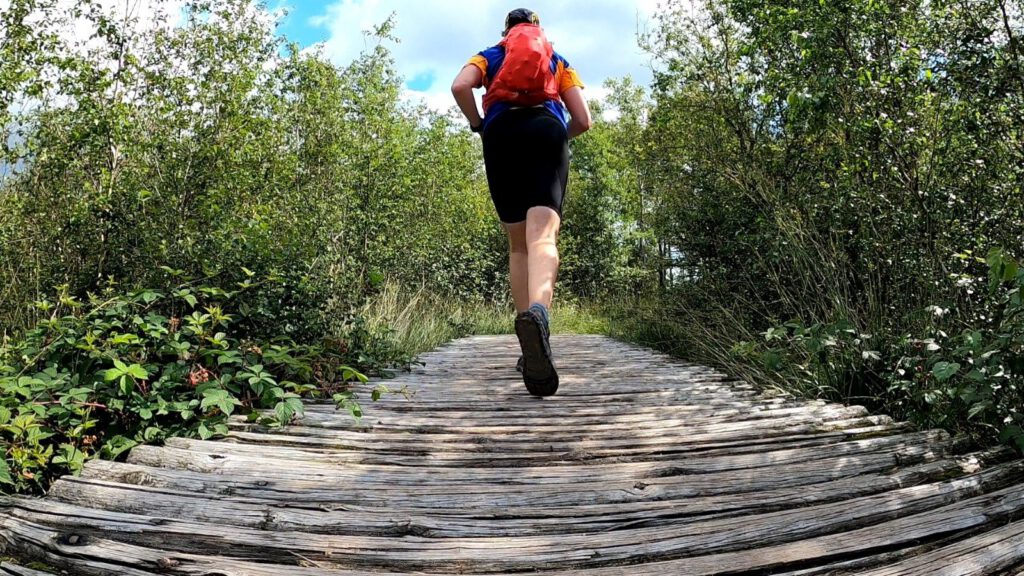
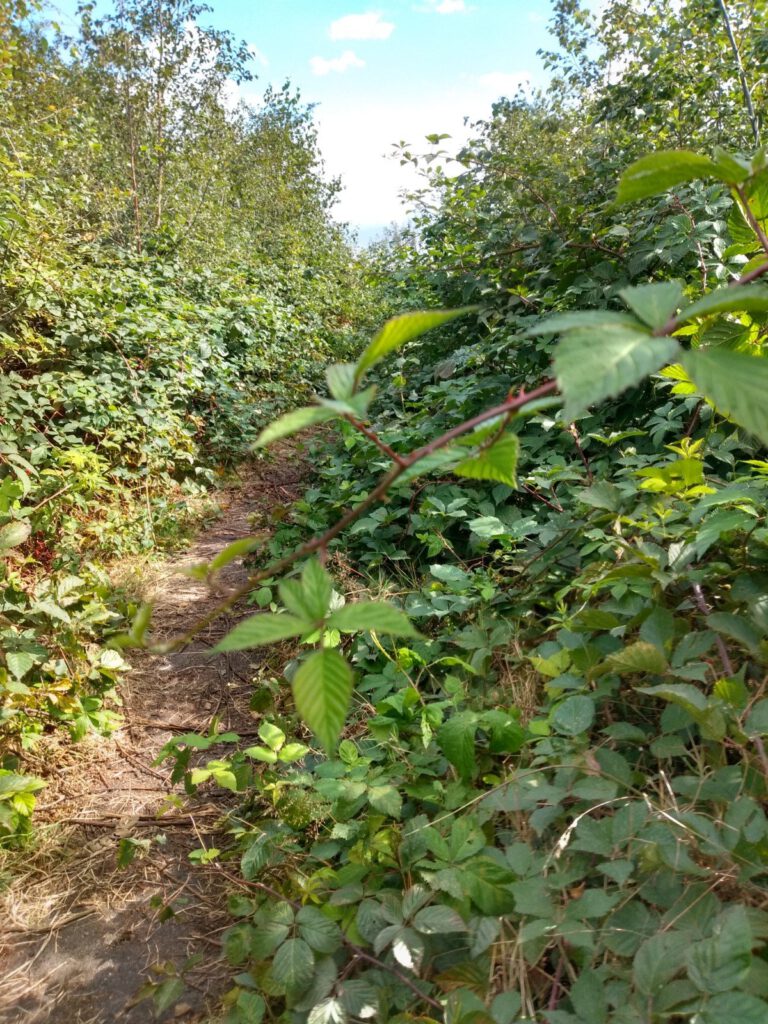
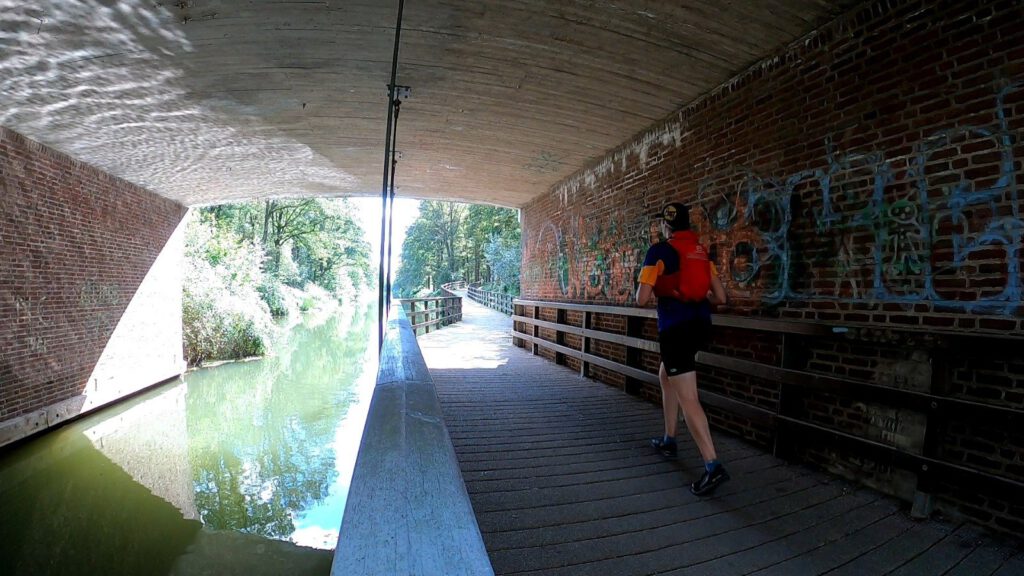
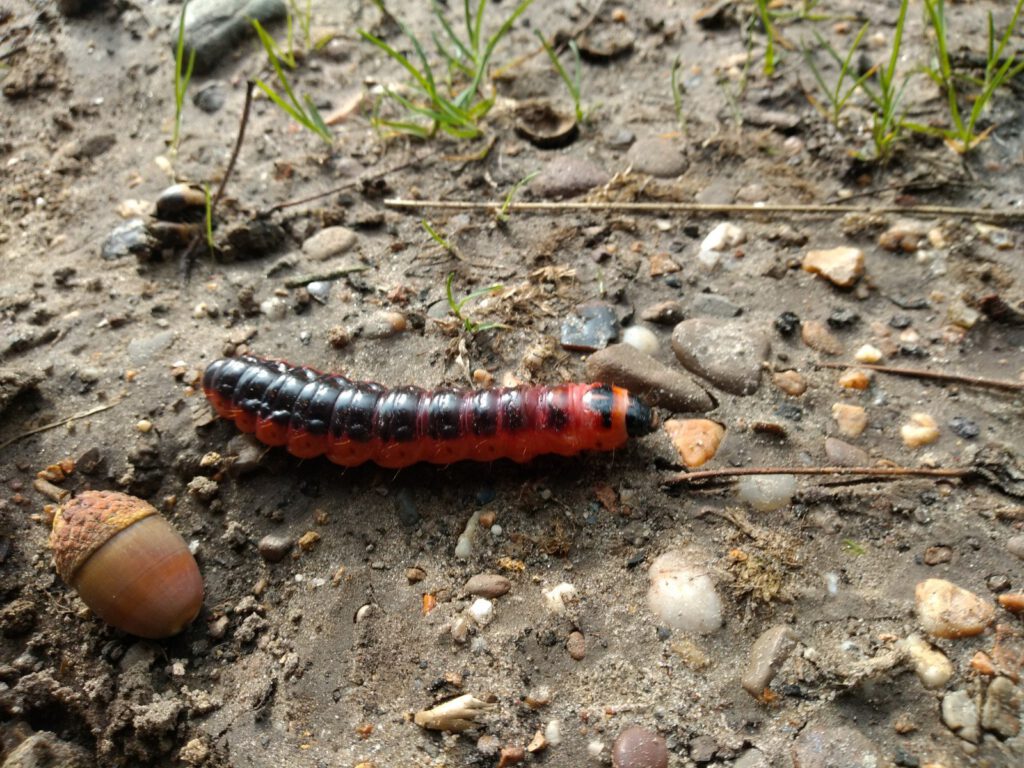
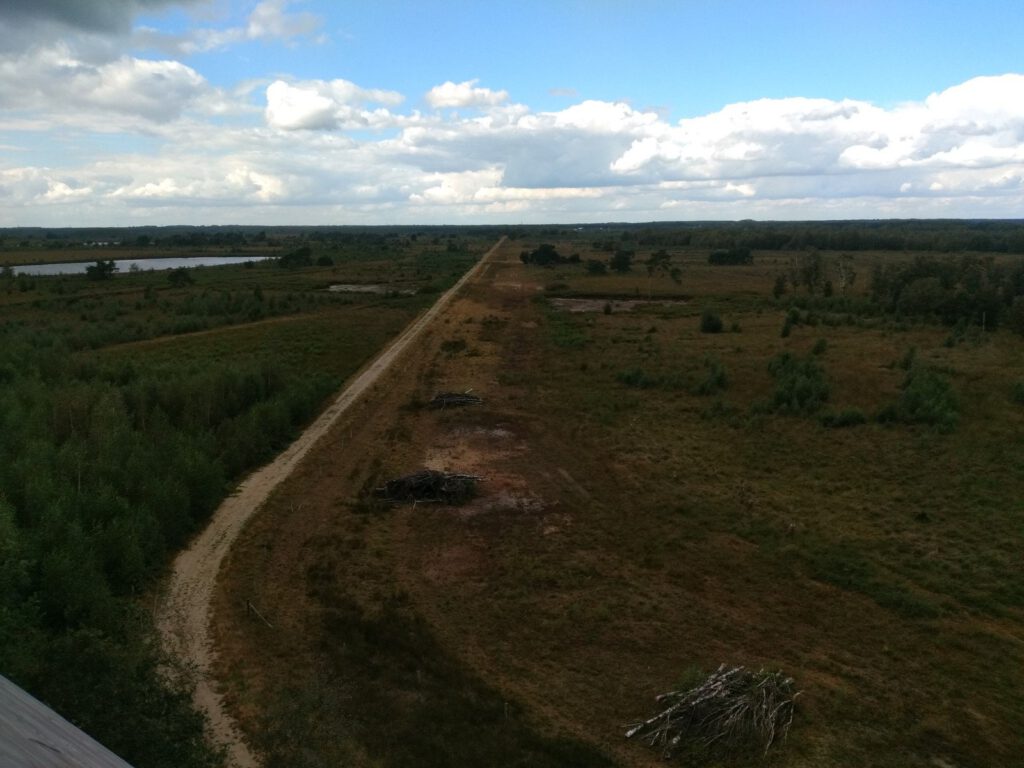
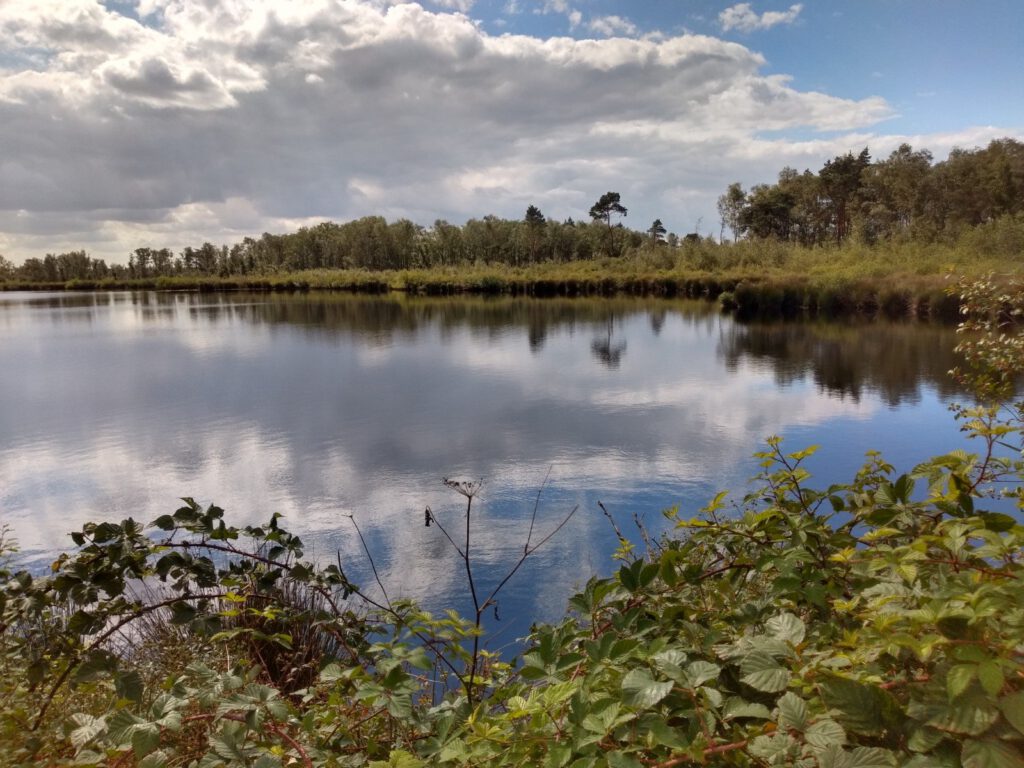
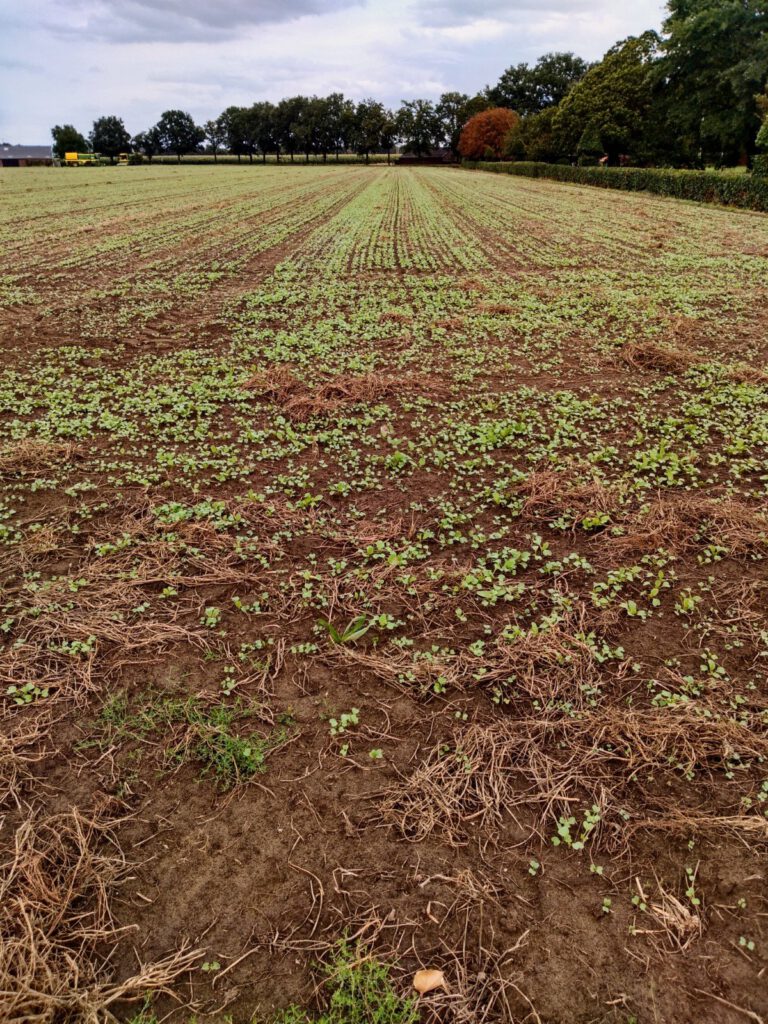

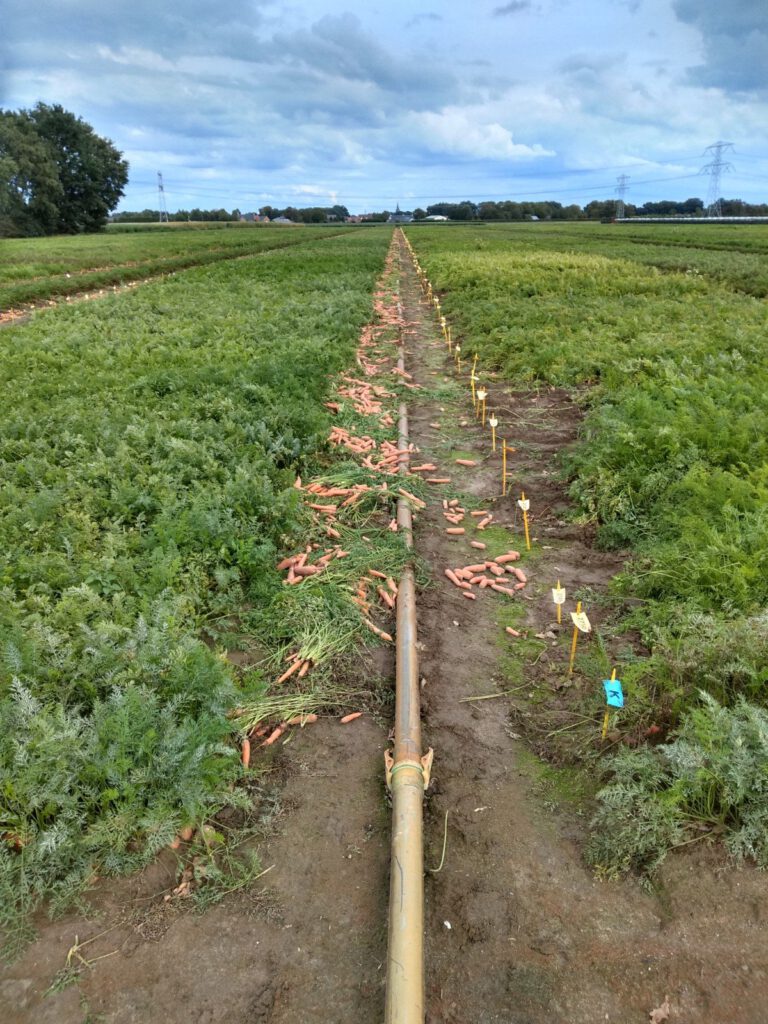
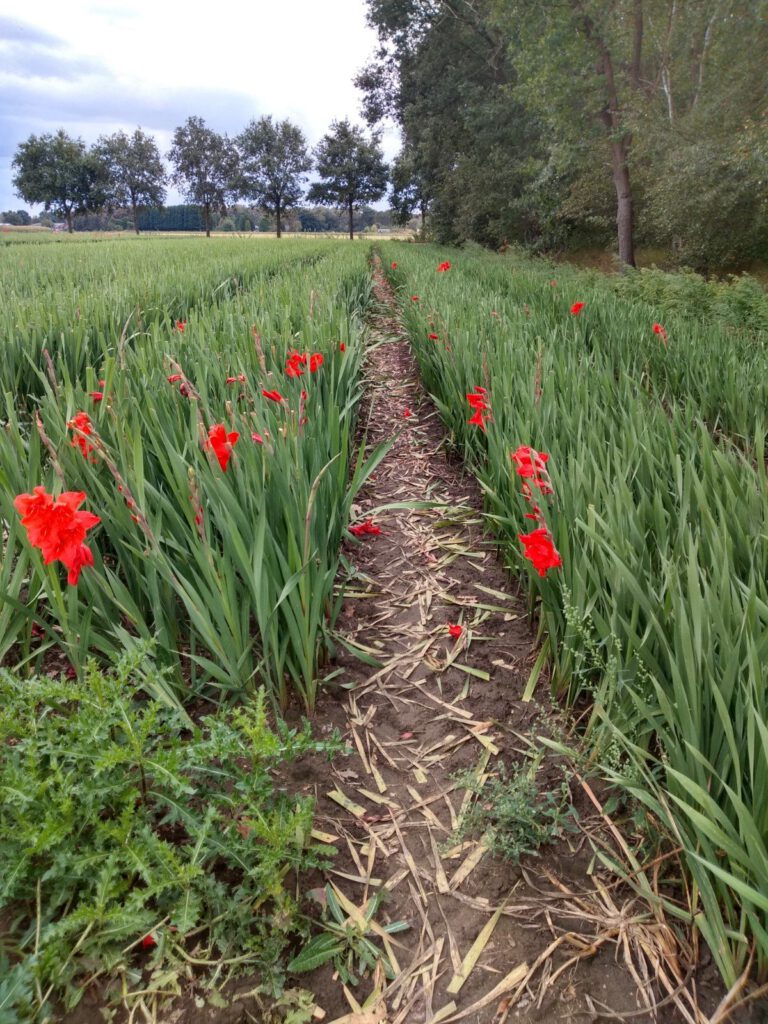
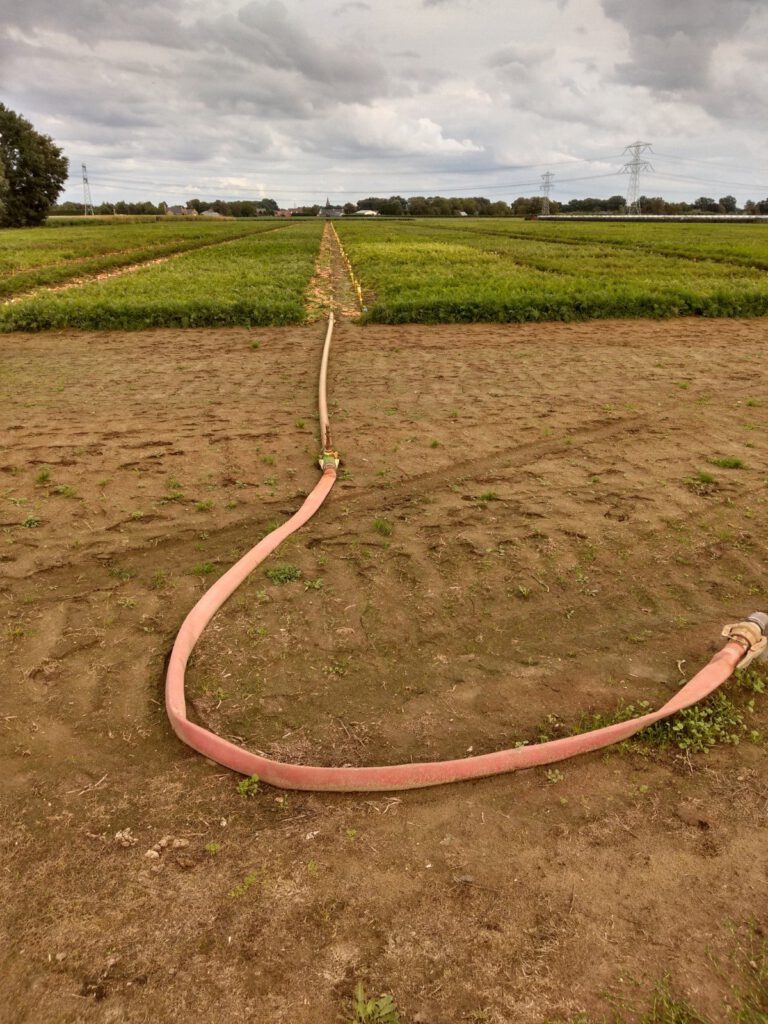
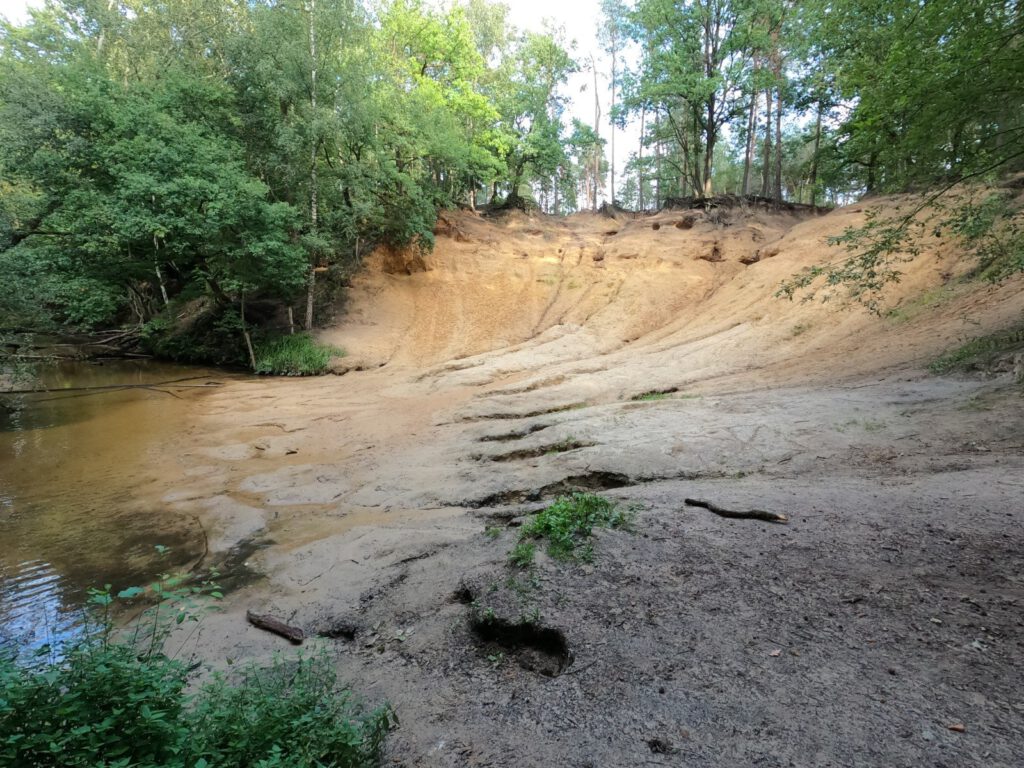
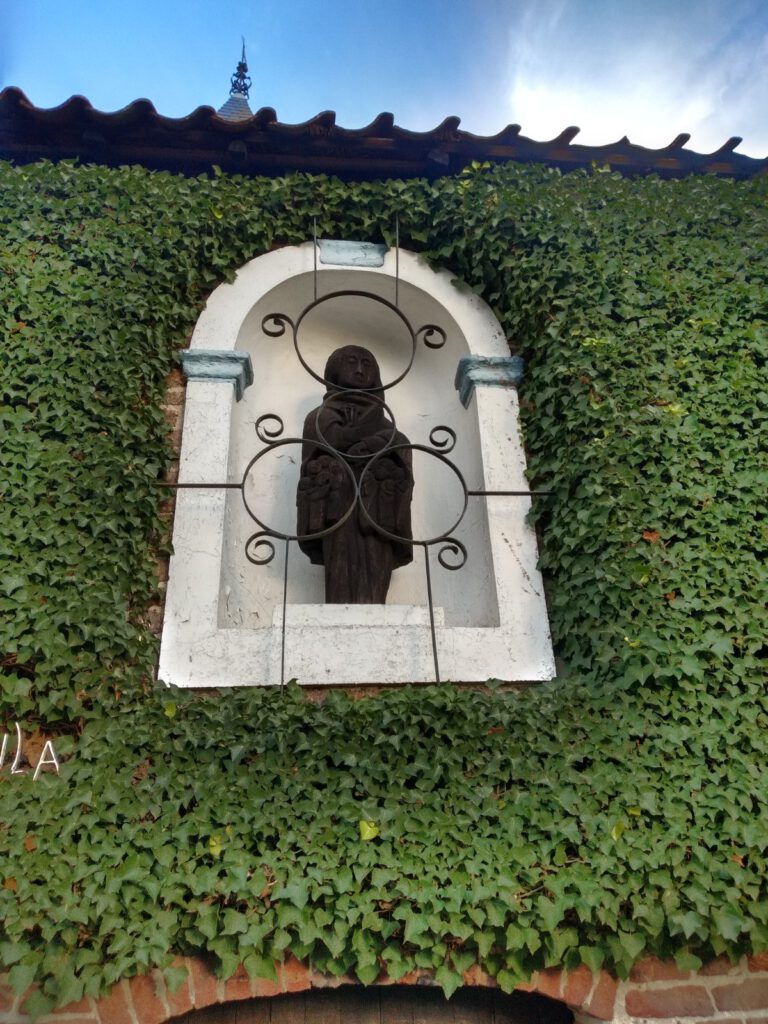
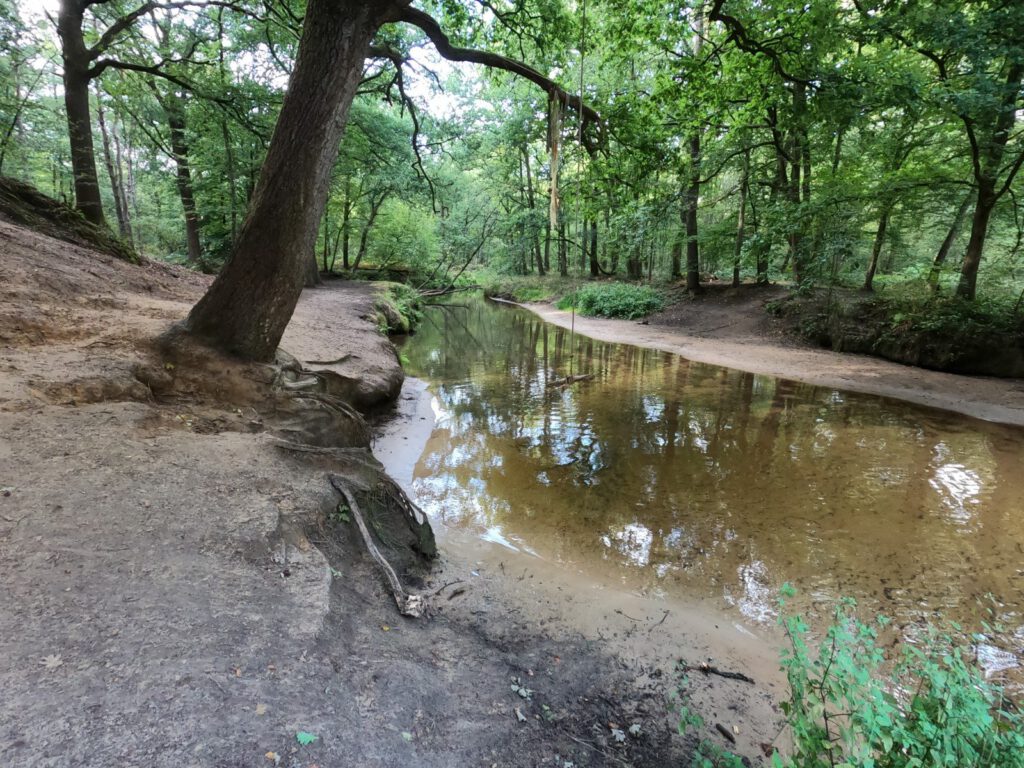
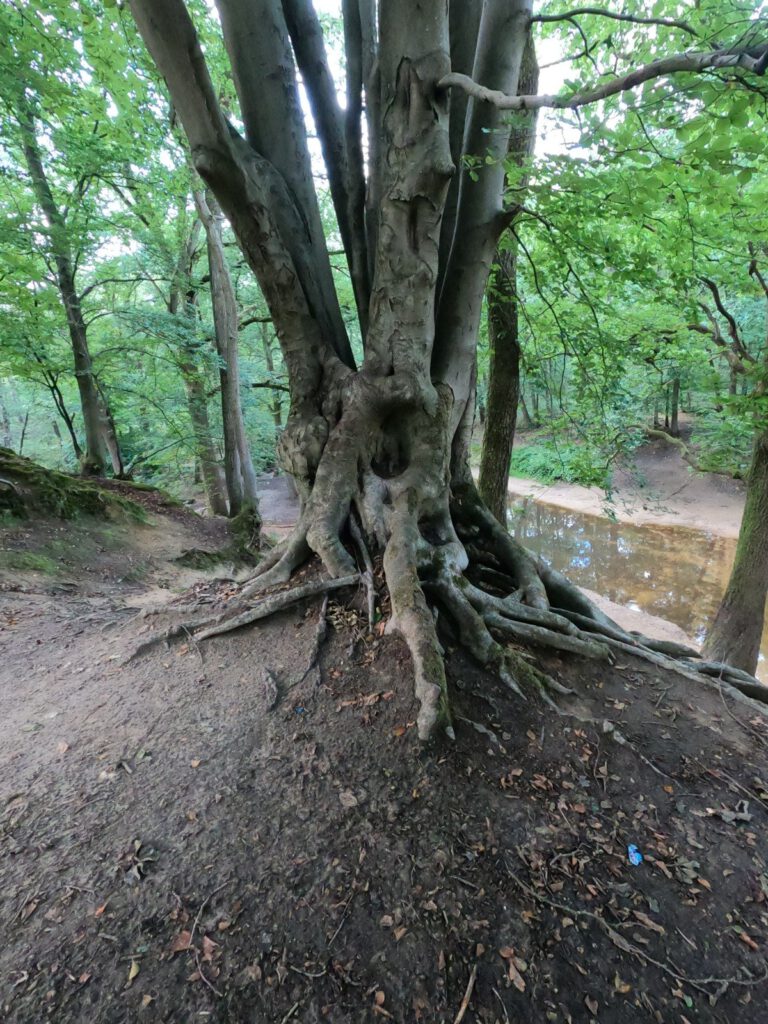
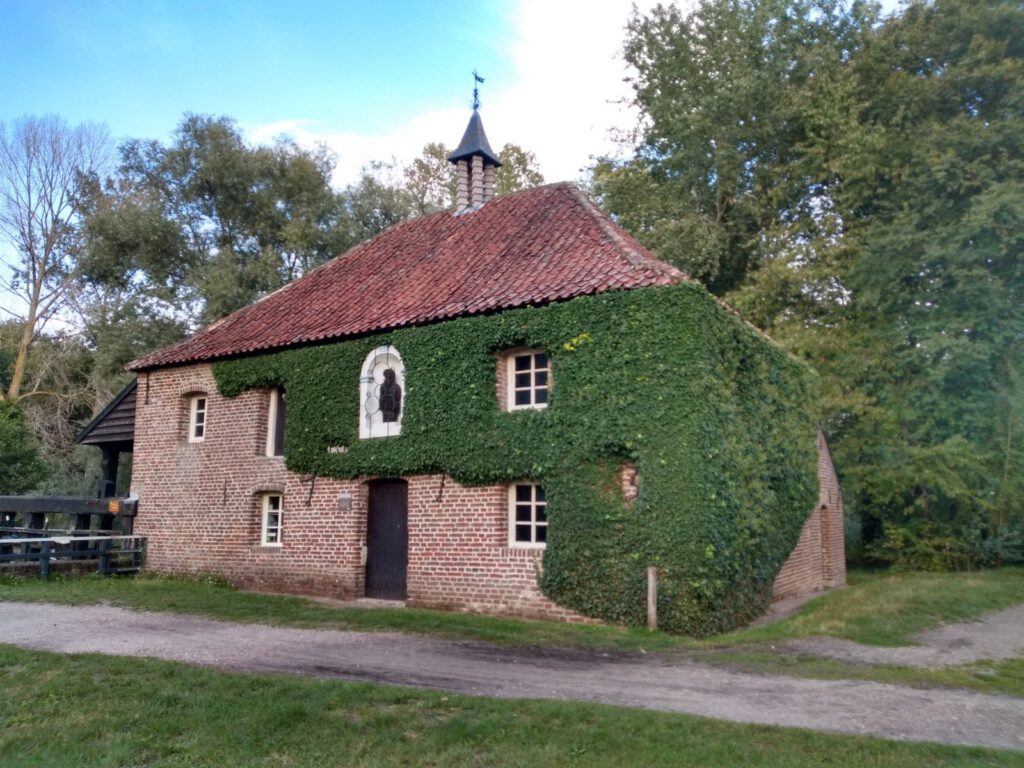
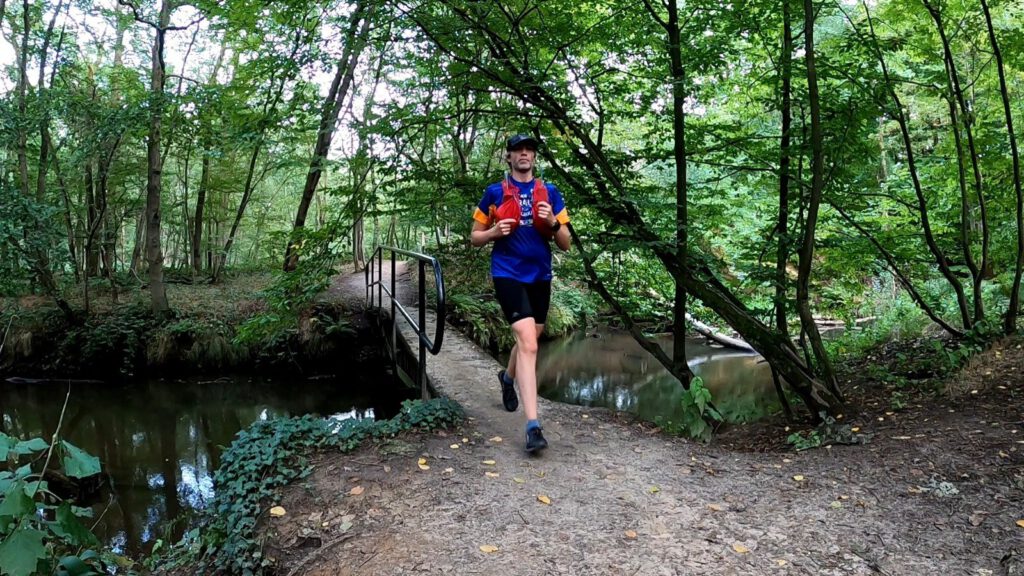
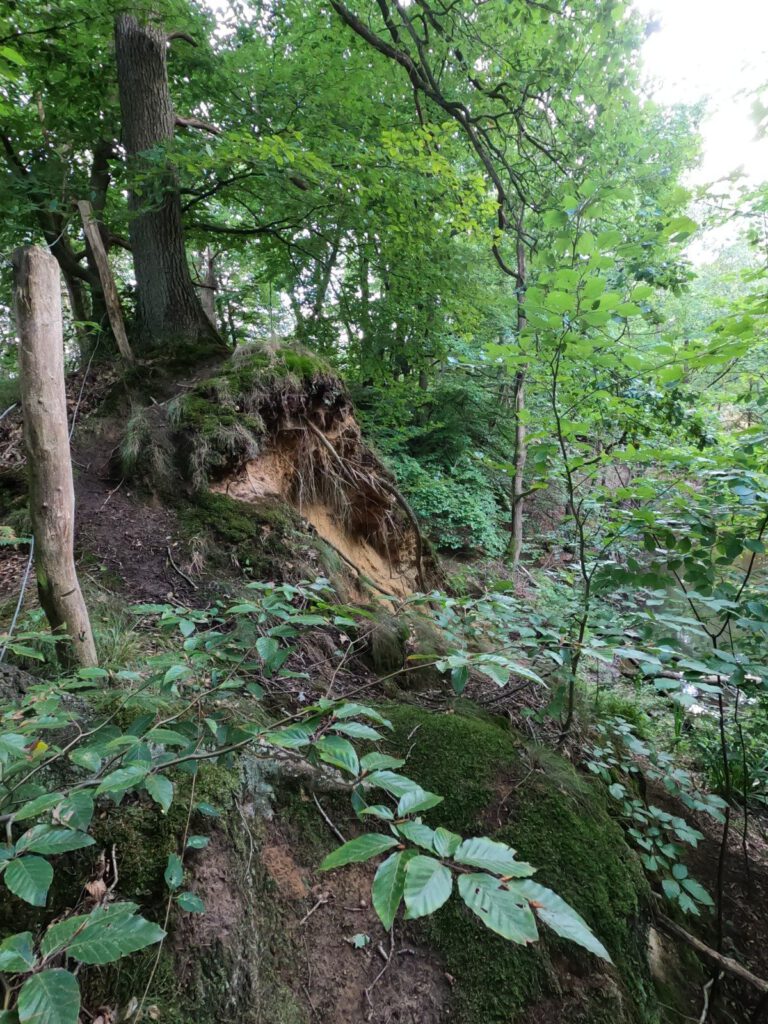

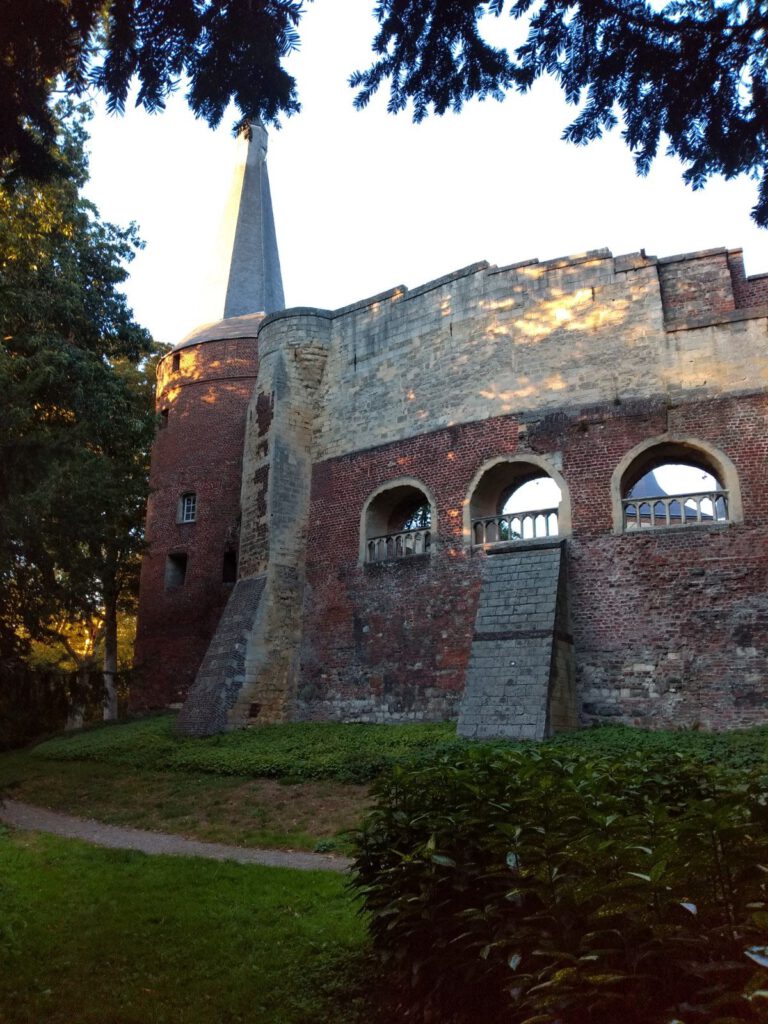
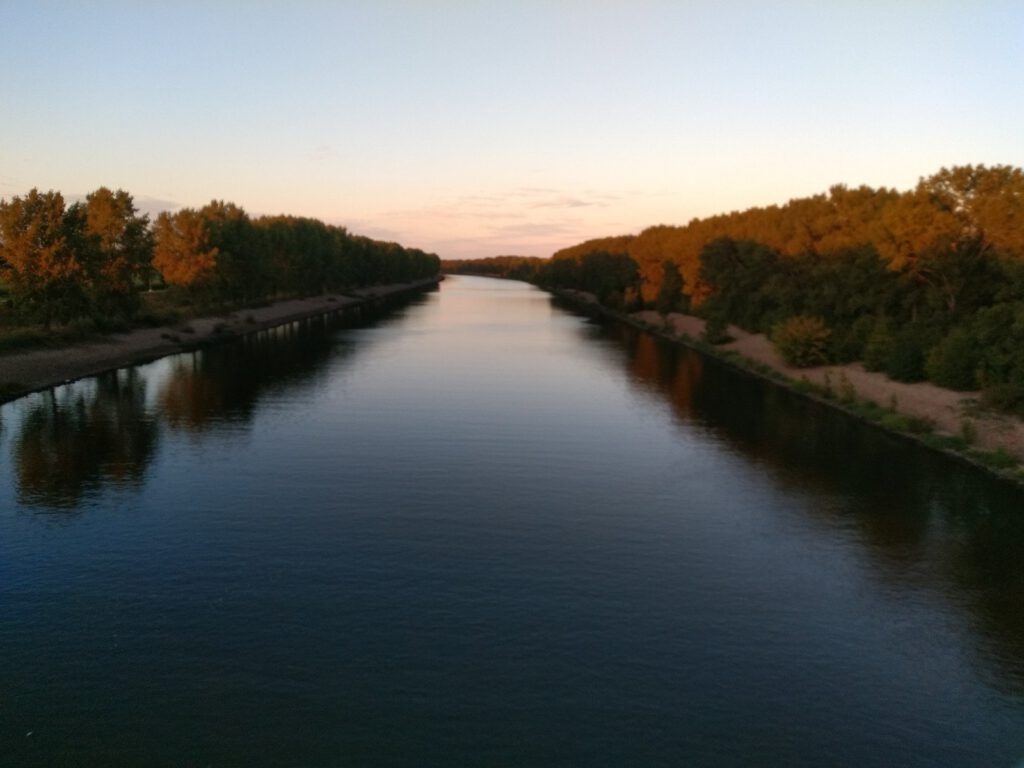

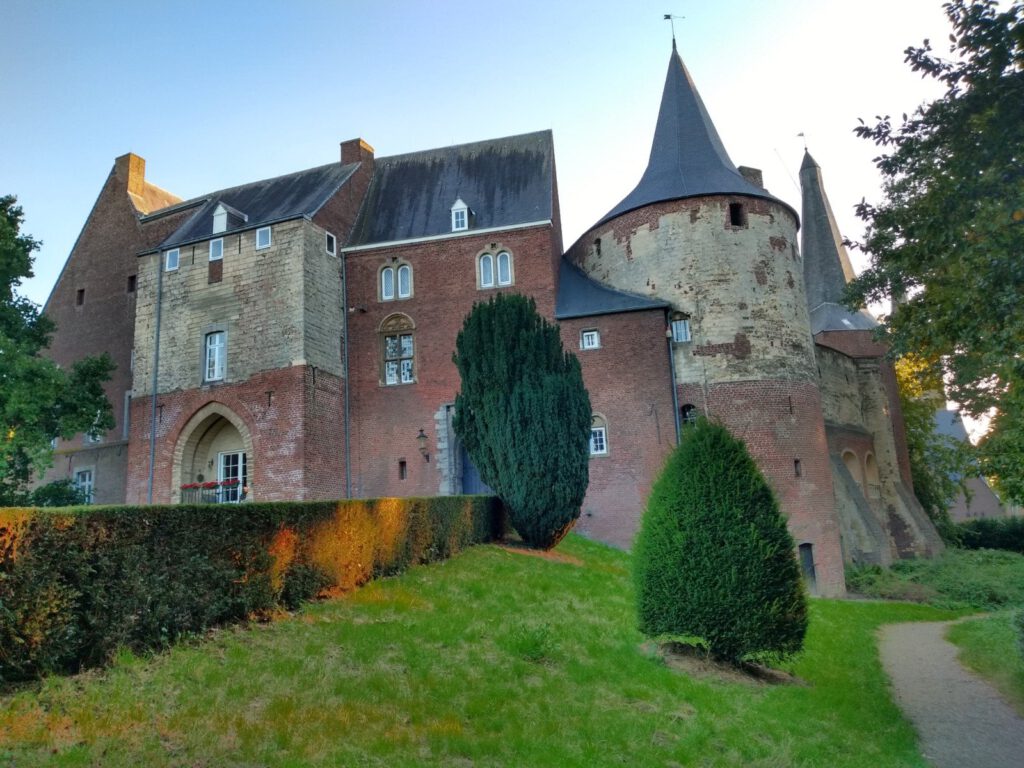
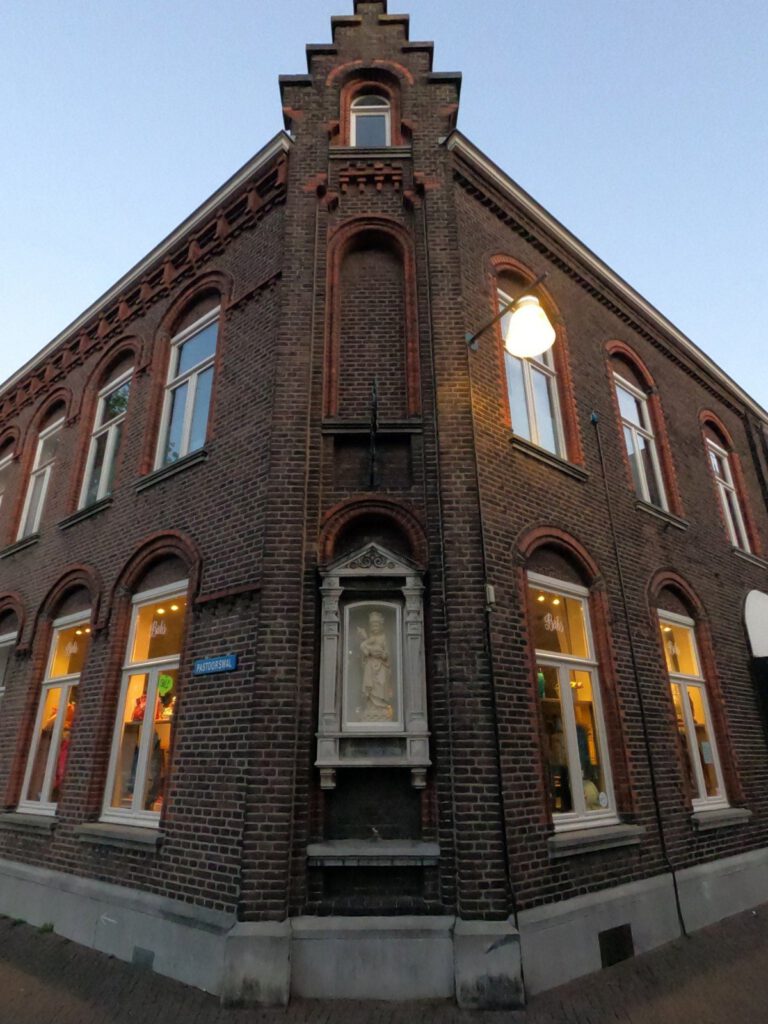
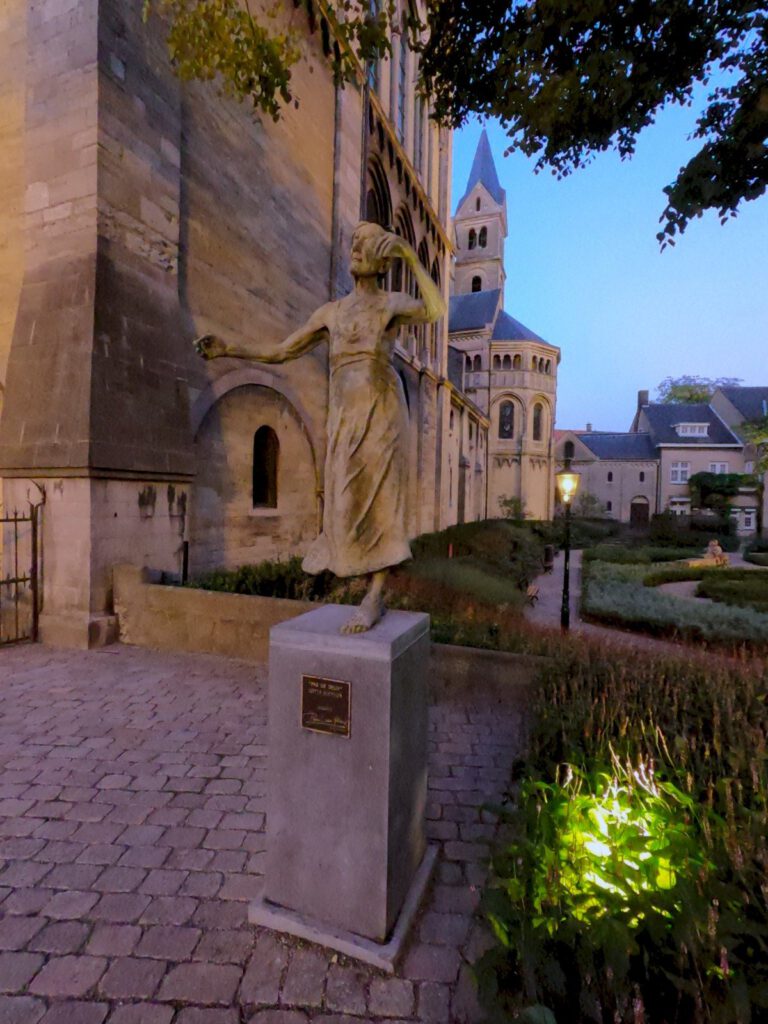
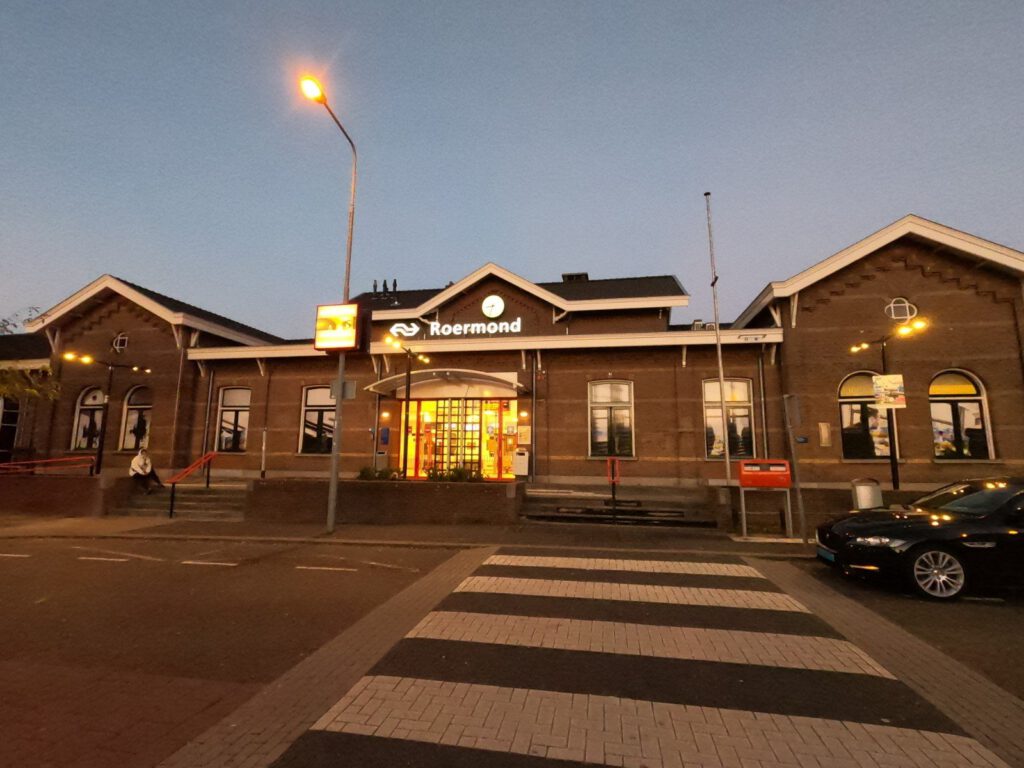
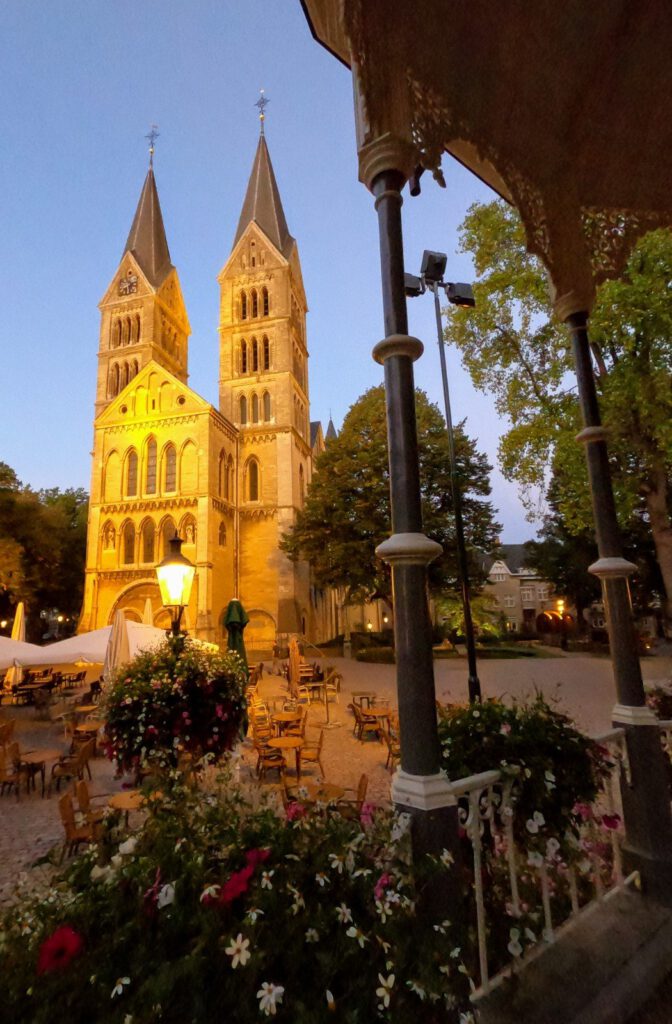
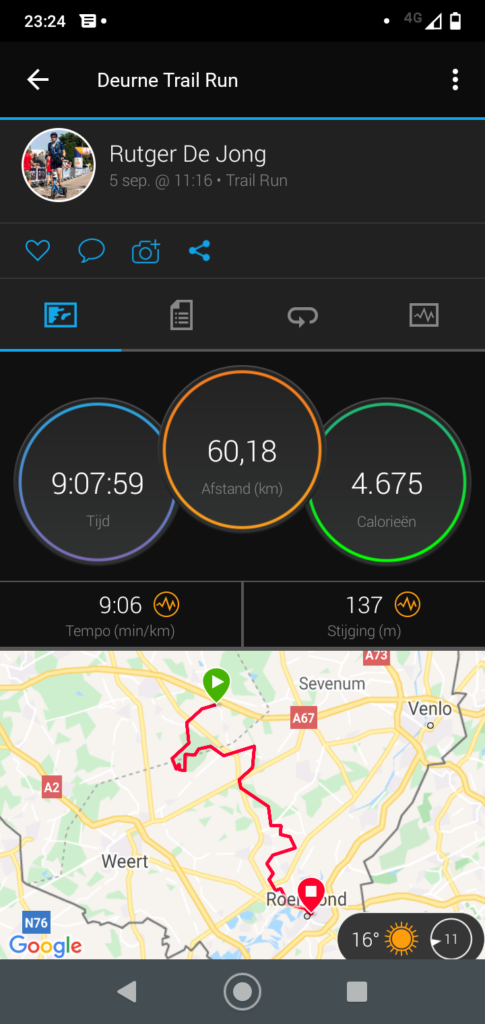
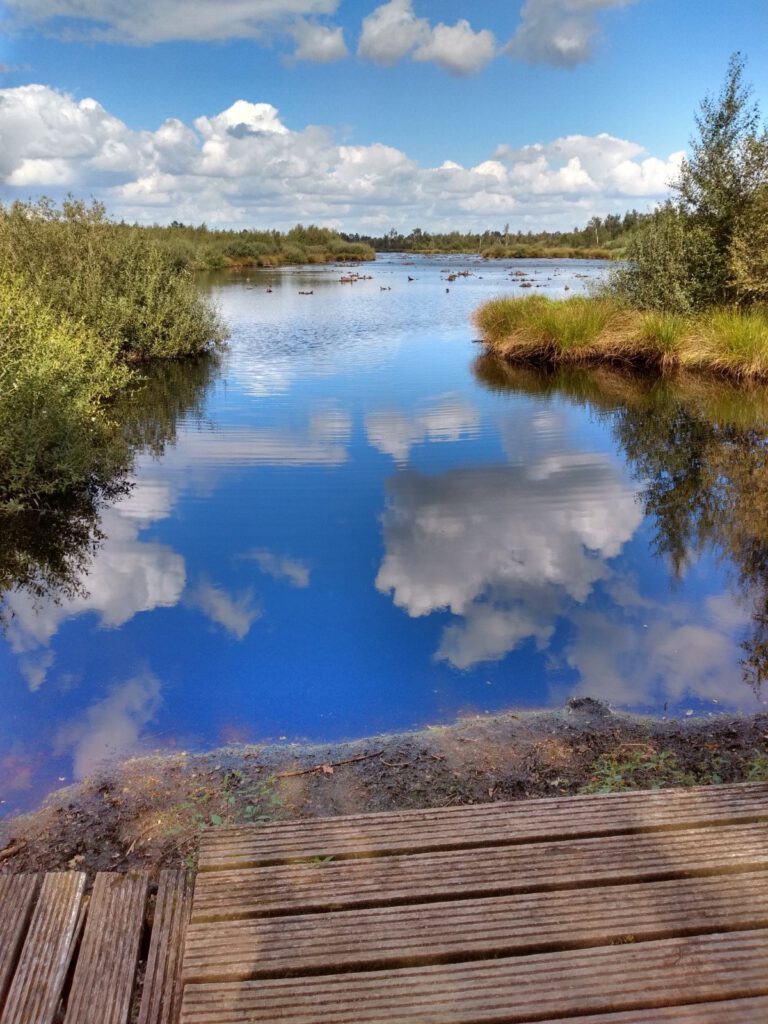
One Reply to “Rijkdom op arme gronden”
Comments are closed.